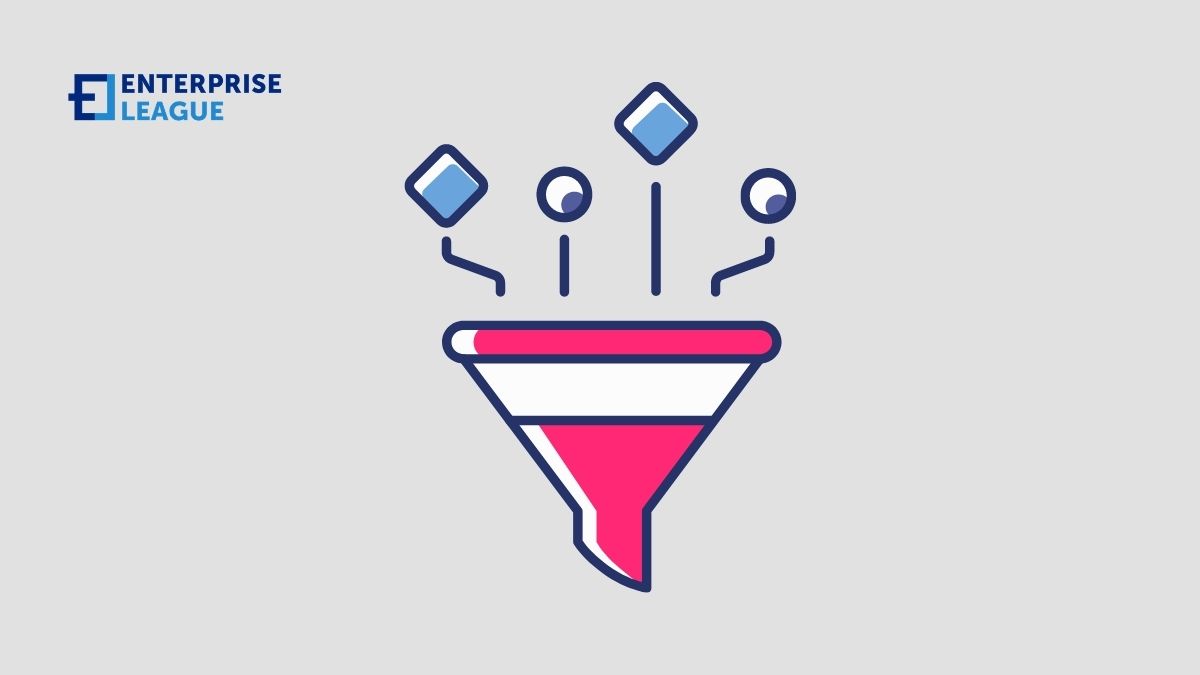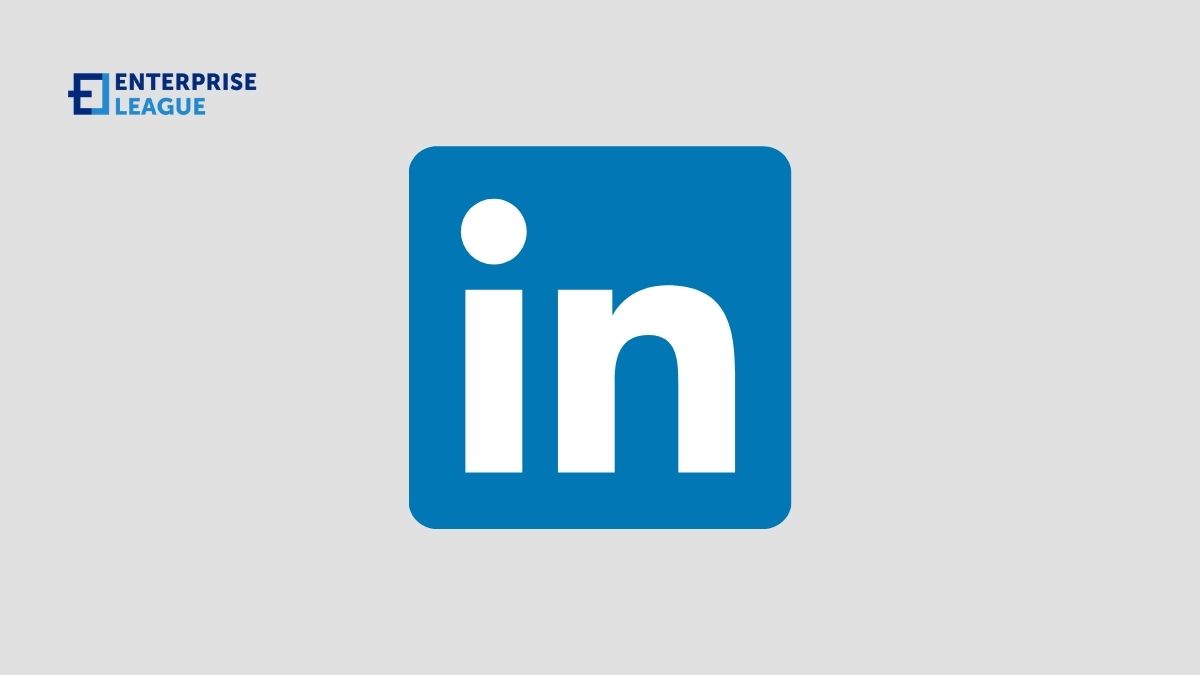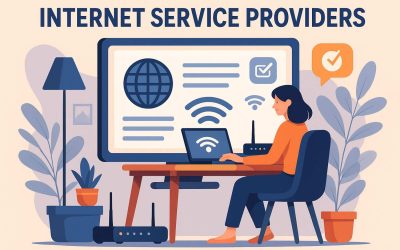If you are an entrepreneur with a long-term vision and desire to build a sustainable brand, a content marketing funnel for small businesses should get your full attention.

How to write a SWOT analysis paper (2025)
Being a business owner means making many impossible decisions without effective instruments. SWOT analysis is an excellent tool for looking at your business aside. Business planning assumes that you, as a business owner, must control all processes and things. Thanks to a SWOT analysis paper, you can do it most effectively.
Planning, business development, finance, and more aspects of the business will be easily controlled and resolved using SWOT analysis. If you are still determining if your writing skills are enough to write an excellent SWOT analysis paper, you can delegate this activity to a proficient online paper writer.
Choose a reliable writing service that cooperates with skilled authors who can create any type of paper for business or any purpose. All you need to do is register on the site providing brief information about how you see the SWOT analysis paper. A skilled writer will create compelling work for you following your instructions. Reaching out to such services is confidential, fast, and affordable. Read on to find out how to write a SWOT analysis paper and make it flawless.
What is a SWOT analysis paper
The abbreviation of SWOT means Strengths, Weaknesses, Opportunities, and Threats. Even though it may sound like a simple list of pros and cons, it is not. The main purpose of writing a SWOT analysis paper is to identify various factors that lift your business or tear it down.
Define the objectives
Start writing a SWOT analysis paper by identifying your objectives. You will need to write a table to make analyses easy-going and clear. The table must contain four main points. It would be better if you start with Strengths.
Strengths
To write a compelling list of Strengths, you must answer the following questions:
- What does your business do best
- What attracts customers to your company
- What do customers like about your business
- What can your business offer that competitors cannot do well
Weaknesses
Recall the reviews left by customers and pay attention to what made them not satisfied. Consider the feedback of employees who worked with your business or currently working on you.
In order to improve the weaknesses try to answer these questions:
- What are the resources of your business that need to be more
- What are the areas of your business that must be improved
- What are the reasons your potential customers decide to work with your competitors instead of you
As an owner, you must be genuine and realistic when you define your business’s weaknesses. Forget about optimistic expectations and look with a fresh eye on your business processes, products, and services. Remember that defining weaknesses will help you to reduce them and approve your business.
Note that it is crucial to divide weaknesses from threats. The main distinction between them is that weaknesses are internal factors you can improve inside your business. In other words, you can control weaknesses. Threats, instead, are external factors that you can hardly control.
Opportunities
It is crucial to start defining opportunities only after you are clear about your business weaknesses and strengths.
Answer the following questions regarding opportunities:
- Look at the market you’re working at and define the current trends, also trying to predict future trends in the business
- What are the trends you can use to grow your business
- Can you grow your business by partnering with a reliable company or an entrepreneur
- Consider whether there are any opportunities to get investments or sponsorship for your business
- Think over the opportunities to grow your business by developing new products or types of services
Threats
Now you’re ready to think over the threats to your business. Here are the most crucial factors to consider:
- Is your business seasonal
- Is your business completely legal
- Doesn’t it have an unreliable cash flow process that could become a threat
- Are all your partners and suppliers reliable enough to trust them
- Are there any situations that make it impossible to grow your business, and what are these obstacles
- How do laws in your field affect your business
- Is there any opportunity for changes in this area
Structure your paper
Now you’re ready to start writing your paper. Draft your SWOT analysis paper and add it with the following sections:
Start with an introduction that will provide your main goal and set the main questions you want to answer with the help of a SWOT analysis
Proceed with writing the body. Briefly describe the Strengths, Weaknesses, Opportunities, and Threats you included in the table while preparing for writing. If there are too many items to consider and you cannot reduce any of them, use bullet points to make the section readable
The next part of the body of a SWOT analysis paper will be the analysis itself. It is the most crucial part of the paper. The goals of the analyses part are developing an effective strategy for your business and creating an action plan to achieve the set goals, and finalizing a conclusion.
Write an analysis part
When analyzing, consider all four factors together and find connections between them. Here are the most important questions to make the SWOT analysis section practical and useful:
- Think about the threats from the point of your strengths and define whether it is possible to use one of the strengths to beat a thread
- Think over the possibility of minimizing the weaknesses of your business by using its strengths
- Is there a way to eliminate the weaknesses of your business by using one of its opportunities
Generate a plan
Now that you have found connections between the strengths, weaknesses, opportunities, and threats of your business, proceed with developing an action plan. It would help if you generated working ideas that can be clear and measurable to start acting immediately. After you create a list of ideas for your business, prioritize them and decide what you can do now and what is the easiest way to start improving your business. Arrange the plan of action to make it readable by using bullet points.
Application of SWOT analysis in other areas
Let’s look at the three examples of how a SWOT analysis can be used both for personal development and for the development of a company.
SWOT analysis for non-profit organizations
Non-profit organizations can use SWOT analysis to help inform about their strategic planning.
The SWOT process is a great way to understand how your organization fits into the market and to make an impact by running campaigns and fundraising initiatives. Incorporating a SWOT analysis early into the development strategy can help you make better decisions.
SWOT for business development
Business development is a crucial part of every company and being aware of the company’s strengths and weaknesses is an invaluable asset. Doing a SWOT analysis helps you identify any weaknesses that may become a problem for the company’s growth.
Personal SWOT analyses
SWOT analyses can be applied even in evaluating your personal growth. For example, if you are looking to level up in your career, creating a personal SWOT analysis can help you compare your strengths and weaknesses. That’s how you will be able to make better decisions about what areas you can improve.
Conclusion
The last section of the SWOT analysis paper will be a conclusion. Recall the initial purpose of writing an essay and remember the information you included in an introduction. The conclusion must provide your vision of how a business can grow. Also, it is crucial to add a conclusion with some points from an action plan. When finalizing the paper, set a deadline to complete all planned improvements.
More must-read stories from Enterprise League:
- A step-by-step guide to teach you how to write a business essay.
- How to handle a situation where employees are not getting along.
- Implement a CRM strategy for your business using this guide.
- Aspects that show the importance of cross-cultural communication in the workplace.
Related Articles
Creating content marketing funnel for small businesses
Starting a metal fabrication business: What you need to know
Want to open a metal fabrication business but don’t know how and where to start? Check these tips on what should your plan include and roll your sleeve up.
LinkedIn for startups: 11 proven strategies for success (2025)
If you are using LinkedIn for startups, check out the best practices to become noticeable on LinkedIn. All 16 tactics are proven to get you mind-blowing growth on LinkedIn.
Benefits of google advertising for small business in 2024
Discover the secrets behind successful Google advertising for small business. Learn all the pitfalls and tricks to avoid them.
Reducing operating cost of your business: 23 proven ways
Small business owners are always on the look out for the best ways to reduce operating cost, and it turns out we have them. Check them out and start cutting operating expenses today.














